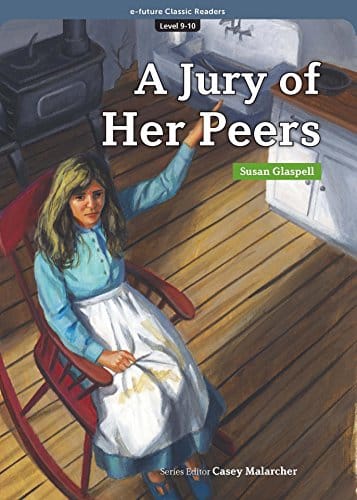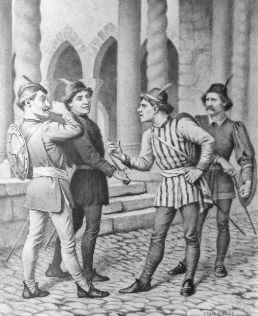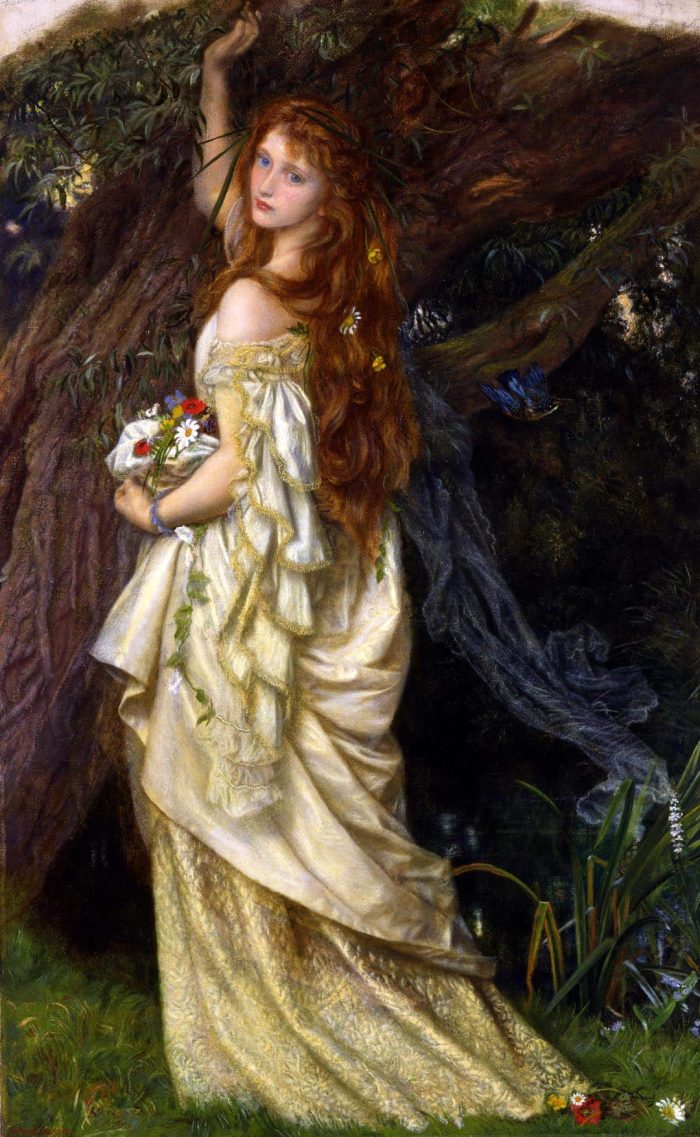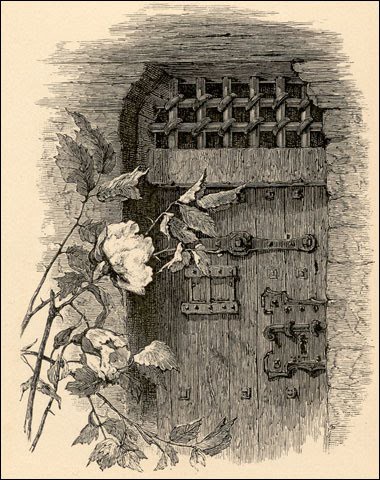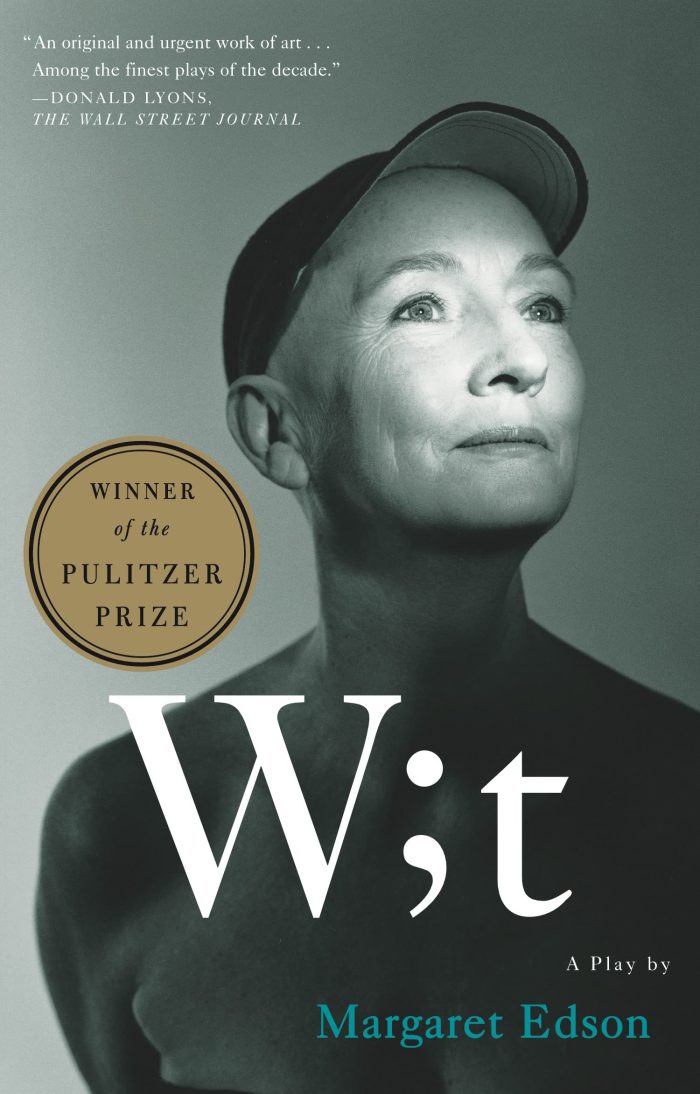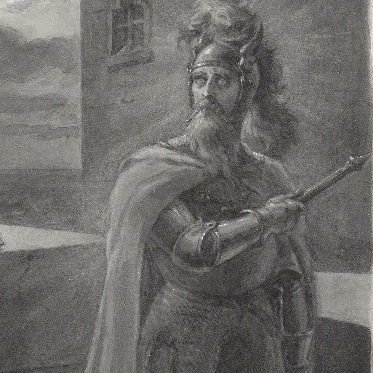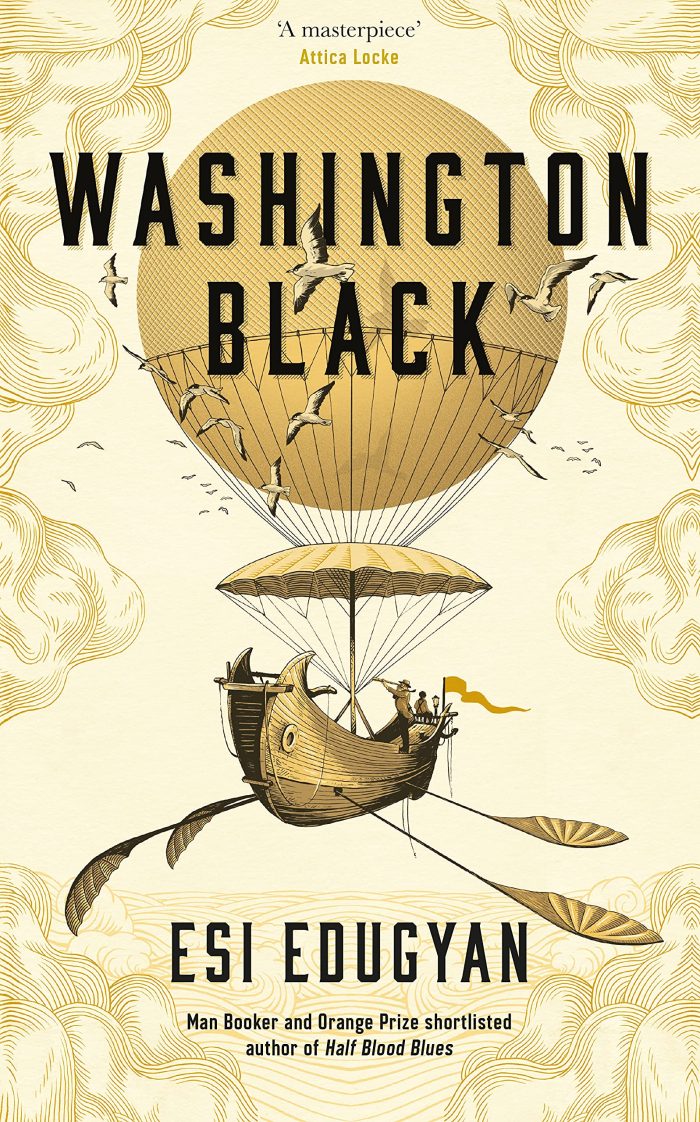William completed his Bachelor of Science and Master of Arts in 2013. He current serves as a lecturer, tutor and freelance writer. In his spare time, he enjoys reading, walking his dog and parasailing.
Article last reviewed: 2022 | St. Rosemary Institution © 2010-2025 | Creative Commons 4.0
During World War II, women did not play any significant role in the allies’ efforts or victory. This statement could not be further from the truth, as in the novel Jackdaws written by Ken Follett, the story starts with Major Felicity, the protagonist, also known as Flick fails to break into the German-occupied Grand Chateau in France…
These novels have many of the components of an adult romance novel. It starts with the unlikely pairing, the love triangle, and the obstacle that must be overcome. This causes an obstacle to overcome, giving the story an arc outside of the one that involves danger. Part of the attraction of the Twilight series is…
Introduction Marie Laveau is a woman who has captured the minds of scholars and the general public alike. It has become nearly impossible to separate fact from fiction. Marie Laveau is still the most well-known figure in the Louisiana voodoo culture, and with this fame comes wild stories about witchcraft, possession, and dancing with the…
The poem “Pike” written by Ted Hughes in 1960 in the book Lupercal, describes the poet’s interpretation of a pike and its habitat. The poem is also based on remembering a time during which the freshwater fish perturbed him. The “Pike” is a free verse poem consisting of 11 stanzas, all being quatrains. From the…
Samuel Beckett’s main character, Krapp, in Krapp’s Last Tape, depicts the ever-challenging struggle of human existence: separation of self, through the usage of the juxtaposed sides of Krapp. Beckett uses the three ages of the main character to display the conundrum of how, through the generations of life, life can split a person into different pieces. The obsession that…
INTRODUCTION: Bath bombs consist of a wide range of ingredients, including bath salts, food coloring, fragrance, citric acid, sodium carbonate, and other components. Bath bombs ‘fizz’ when water inclines to trigger a reaction between an acid and a base (neutralizing substance). Many bath bombs contain citric acid, and sodium carbonate, which incline to have a…
The word “psychoanalysis” is derived from the Greek word “psychoanalysis” (psyche – soul, analysis – to investigate). Psychoanalysis is a psychological theory that emphasizes the survival in the subconscious of natural urges suppressed by the consciousness. This term refers to a style of psychotherapy that arose from Sigmund Freud’s and Josef Breuer’s cathartic method. Psychoanalysis…
Susan Glaspell’s “A Jury of Her Peers” presents the roles that women are expected to play in society. Minnie Wright is a woman who suffers cruelty and neglect at the hands of her husband. She is a hostage in her own home and is the victim of an abusive relationship. The longer he holds her…
William Shakespeare’s famous play, ‘Romeo and Juliet’ was initially written in 1595 during the Renaissance period. The play is recognized as one of the greatest tragedies. The play is about two star-crossed lovers, Romeo Montague and Juliet Capulet, separated due to a long-established feud between their families. Feuding is a long-standing state of conflict that…
The novel Exit West written by Mohsin Hamid, tells about the harsh realities of war, migration, and nativism that many people experience when placed in the environment that Hamid later describes using the two main characters: Saeed and Nadia. The main characters fall into a deep, complex love that contrasts the militants taking over their city; amidst…
The article entitled “Wakefield’s Second Journey” written by Roberta F. Weldon argues that Nathaniel Hawthorne writes the character of Howard Wakefield and his “second journey” to explain that this journey is “necessary to achieve the final reconciliation with oneself before the fullness of age and death” (Weldon 69). Weldon explains in further detail Hawthorne’s usage…
In E.L Doctorow’s adaptation of “Wakefield,” Doctorow places the story in a first-person perspective of the main character Wakefield and the psychological growth that Wakefield experiences. Doctorow’s use of the character Wakefield helps demonstrate the strains the upper society has on the mental health of specific members of the class. Doctorow shows the discontent of…
The 16th to 17th century era was home to many well-known writers, but none were as prevalent in the ability to create works that made an audience think beyond the status quo quite like William Shakespeare. Among many of Shakespeare’s talents as a writer, held his ability to create characters that represent the stereotypical racial…
In an attempt to assimilate to a classist, discriminatory society, women and their families within postcolonial Botswana, struggle to survive in a male dominated environment supported by no one but their ambition to survive. Bessie Head’s The Collector of Treasures, discusses Botswana native culture, the classifications of society, AND the gender discrimination that cultivates the difficulties…
“She’s such a narcissist”, “That was so narcissistic of them!”, “God, he has such a narcissistic personality.” and so on. We all have heard these statements in our day-to-day lives. But not many of us understand what it means to have this personality disorder. And before you all dive in, no, having self-confidence or being…
Hamlet is a play that is filled with male characters who express their conflicts to the audience in conversation with their male friends, family, and sometimes in monologue. No female characters exist in the play besides the Queen and Ophelia. The three men that Ophelia is close with are all important to the plot in…
PASSAGE 1 Certain it is, that, some fifteen or twenty years after the settlement of the town, the wooden jail was already marked with weather-stains and other indications of age, which gave a yet darker aspect to its beetle-browed and gloomy front. The rust on the ponderous iron-work of its oaken door looked more antique…
Wit; A play written by Margaret Edson for none other than personal reasons, is a beautiful fusion of humor with knowledge of 17th-century literature, specifically the work of a well known poet, John Donne. In the first person of Dr. Vivian Bearing, told are the struggles of battling with death; not caused by a disease,…
“Hamlet” is a play composed by William Shakespeare between 1599 and 1601 that was first published in 1603. The drama depicts astonishingly realistic periods of true and created insanity ranging from profound sorrow to rage while also dealing with problems such as betrayal, vengeance, incest, and moral decay. Throughout the play, Hamlet philosophizes, speaks to…
It is no secret that hierarchy has been essential in the advancement of the human race. From the Romans to the Mongolians to the Ottomans, the largest and most organized societies in history have used this class separation to surpass their disorganized inferiors. That being said, the appointment of power to some individuals over others…








